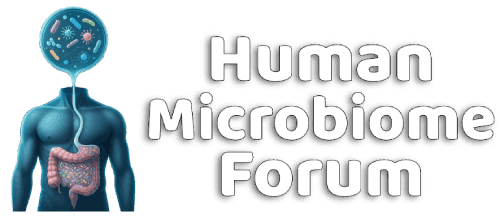Michael Harrop
Well-known member
https://www.frontiersin.org/journals/nutrition/articles/10.3389/fnut.2025.1594022/full
They have pictures of the patient's stool as it progresses https://www.frontiersin.org/journals/nutrition/articles/10.3389/fnut.2025.1594022/full#F1. This is the first time I can recall seeing that. I highly commend the researchers for this.
This report presents the first documented application of fecal microbiota transplantation (FMT) for the management of extensive multi-food intolerance involving 52 specific foods in a pediatric patient with autism spectrum disorder (ASD). A 7 years-old autistic child was diagnosed with food intolerance to 52 items, presenting with generalized rashes, diarrhea, and malnutrition (BMI of 12.9) upon exposure or ingestion of the implicated foods. The child received oral fecal microbiota capsule treatment, with a daily dose of nine capsules (a total of 120 capsules per course) for two consecutive treatment courses. The rashes resolved, the child regained tolerance to previously intolerable foods, nutritional status improved, and stool consistency normalized. This case suggests that FMT may hold therapeutic potential for managing food intolerance in autistic patients.
The donor microbiota was sourced from a rigorously screened healthy adult who had no comorbidities or disorders known to be associated with changes in gut microbiota, were chosen as donors. Donor stools were screened for
They have pictures of the patient's stool as it progresses https://www.frontiersin.org/journals/nutrition/articles/10.3389/fnut.2025.1594022/full#F1. This is the first time I can recall seeing that. I highly commend the researchers for this.
Great to report this as well.Paradoxically, cashews and almonds progressed from moderate to severe intolerance, while corn, mushrooms, and capsaicin transitioned from tolerable to mild intolerance
- Format correct?
- Yes
